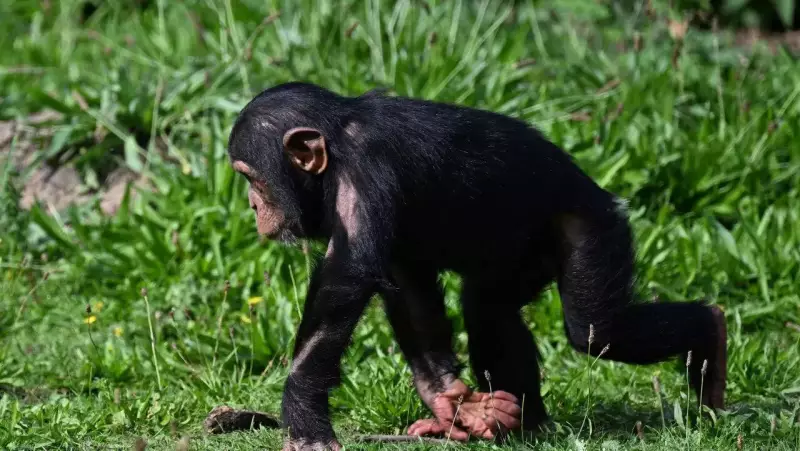
In a fascinating revelation that rewrites our understanding of human evolution, scientists have uncovered how ancient ape shoulder and elbow adaptations became the blueprint for human movement and physical strength. This groundbreaking research illuminates the biomechanical journey that transformed our ancestors into the remarkably capable species we are today.
The Evolutionary Game-Changer
The study reveals that specific adaptations in ape shoulders and elbows, developed millions of years ago, provided the fundamental framework for human physical capabilities. These anatomical features, once crucial for tree-dwelling ancestors, evolved to serve entirely new purposes in human locomotion and strength application.
Shoulder Adaptations: The Mobility Revolution
Our shoulder structure, inherited from ancient primates, offers an incredible range of motion that sets humans apart from most other mammals. This rotational capability, originally designed for brachiation (swinging through trees), became repurposed for throwing, lifting, and complex tool use that defined human advancement.
The key shoulder features include:
- Ball-and-socket joint design allowing 360-degree rotation
- Enhanced flexibility for overhead movements
- Stability mechanisms that enable powerful throws
- Adaptations that support both strength and precision
Elbow Engineering: Precision Meets Power
Equally revolutionary were the elbow adaptations that allowed our ancestors to transition from simple locomotion to sophisticated tool manipulation. The human elbow represents a perfect balance between stability for load-bearing and flexibility for fine motor skills.
Remarkably, these ancient adaptations enabled humans to develop unique capabilities including:
- Powerful throwing motions for hunting and defense
- Precise tool-making and manipulation skills
- Complex lifting and carrying abilities
- Versatile movement patterns for diverse environments
The Strength Connection
This evolutionary pathway didn't just affect how we move—it fundamentally shaped human strength characteristics. The shoulder-elbow system created a biomechanical advantage that allowed early humans to develop exceptional upper body strength while maintaining the fine motor control necessary for technological advancement.
The research demonstrates how these adaptations contributed to:
- Superior throwing accuracy and power compared to other primates
- Enhanced climbing and pulling capabilities
- Improved load-bearing capacity
- Greater endurance in repetitive motions
Modern Implications
Understanding these evolutionary roots has profound implications for contemporary human health and performance. The study suggests that many modern physical issues, from shoulder injuries to mobility limitations, may stem from living in environments that contradict our evolutionary design.
The research provides valuable insights for:
- Physical therapy and rehabilitation approaches
- Sports training and athletic performance optimization
- Ergonomic design for workplaces and equipment
- Understanding human physical potential and limitations
This evolutionary perspective helps explain why certain types of exercise and movement patterns feel more natural to humans, and why maintaining shoulder and elbow health is crucial for overall physical wellbeing.
The Legacy Continues
Every time we throw a ball, lift a weight, or perform complex tasks with our hands, we're utilizing anatomical gifts shaped by millions of years of primate evolution. These ancient adaptations continue to define human physical capabilities today, connecting us directly to our tree-dwelling ancestors in ways we're only beginning to fully understand.
The study represents a significant step forward in evolutionary biology, offering new perspectives on what makes human movement and strength truly unique in the animal kingdom.





